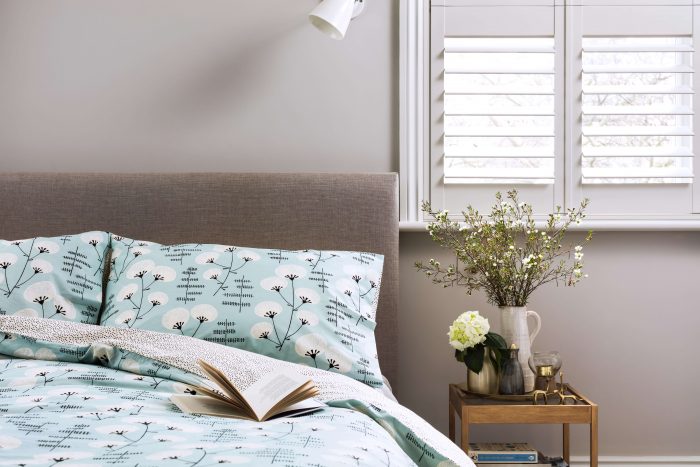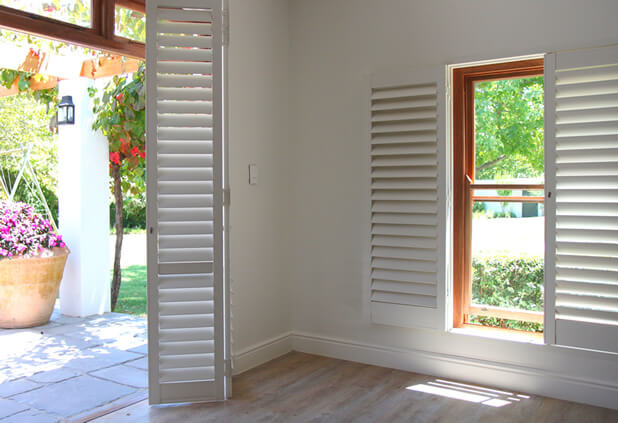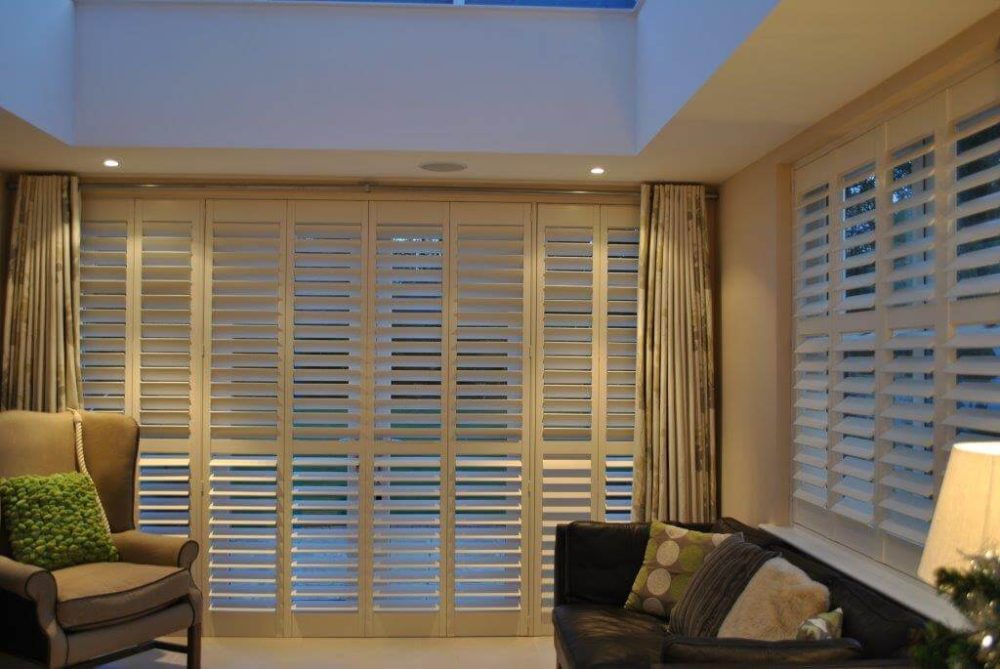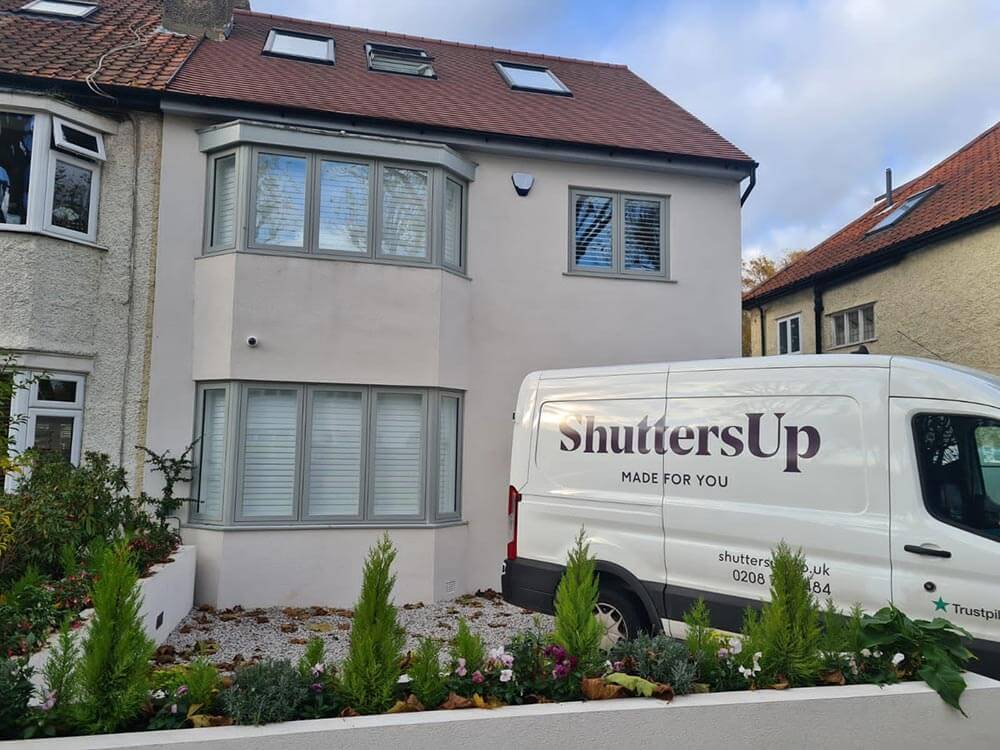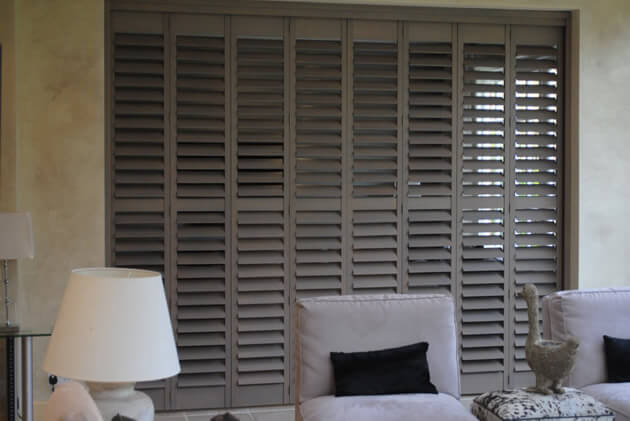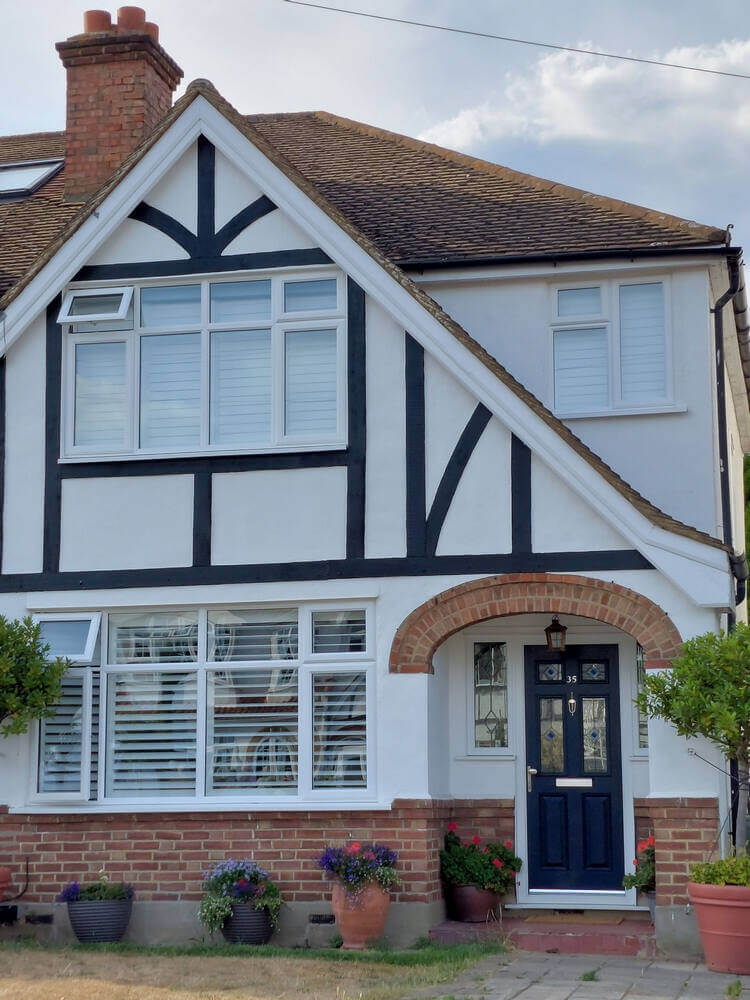Plantation shutters for windows have long been a favourite with proud homeowners, who enjoy their sleek elegance and the added security and weather protection they provide. Originally, the louvred shutter was developed to make light control easier, as solid shutters were limited in this respect. Nowadays, wooden window shutters can be found all over the world and are available to those who live in almost every type of property. Plantation shutters are classically modelled, suitable for every type of window, and they are both long lasting and practically maintenance free.
A Greek beginning Some historians believe that ancient Greece is likely to have been the home for the first window shutters, with fixed louvres that were probably made from marble. As the use of shutters to protect windows spread to Mediterranean countries, wood began to be used instead. Plantation shutters were able to provide ventilation and light to buildings, while also ensuring security and privacy. During the hottest part of the day they could be closed to reduce the fierce heat from the sun.
Mediaeval England It’s easy to forget that early windows had no glass, and so shutters were needed in mediaeval England to protect homes from wind, rain, birds and insects. By Tudor and Elizabethan times houses had glazed windows and fireplaces, making them altogether cosier. Even then, because glass was expensive, wooden shutters were used on the bottom part of a window, which would have glass at the top. By the 15th century hinged sash windows, complete with glazing, were replacing solid shutters but homeowners so loved the versatility of their plantation shutters that they retained them for decorative purposes and in the early part of the 18th century many smaller houses in England had wooden mouldings and shutters as ornamental features.
The New World European explorers thrived on travelling across the globe and in the Americas the Spanish were establishing colonies and in so doing bringing window shutters to the New World. In the late 18th and early 19th centuries in the southern states of the USA, plantation owners were growing crops such as rice, cotton, indigo and tobacco and lived in huge luxurious mansions, often made of brick and built in the Georgian style. These manor houses sported shutters with exceptionally wide louvres, painted white, and the term plantation shutters comes from these designs. In the New England states, on the other hand, shutters with narrow louvres based on the English version were still in use at that time.
Victorian era The late 19th century saw the construction of wooden window frames in English houses, and external shutters began to appear. Today, both internal and external shutters are popular and put to good use in homes, not just as coverings for doors and windows, but also as room dividers and wardrobe doors. Today, you can be the proud owner of stunningly beautiful plantation windows, without having to supervise the cotton fields. There is a wonderful selection to choose from in a range of materials to satisfy every taste. For windows that are not standard, special sizes and shapes can be cut and made to order.
Get in touch!